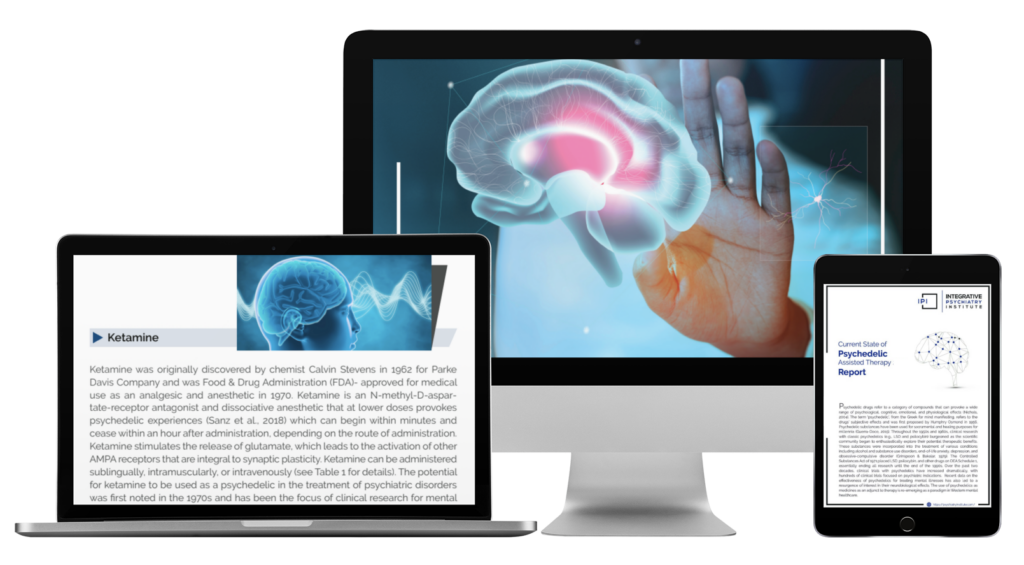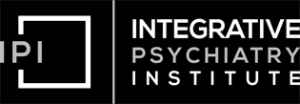
Microdosing psychedelics (especially psilocybin mushrooms or lysergic acid diethylamide [LSD]) has garnered large-scale attention for its proposed therapeutic effects, including increased wellbeing and cognition. The goal of taking very small doses of a chosen psychedelic, typically sub-perceptual amounts, for multiple days or weeks at a time is to receive the long-lasting psychological benefits without experiencing hallucinogenic effects. Observational studies suggest that microdosing may enhance mood, focus, creativity, and meaning.
Therapeutic Uses
The benefits of microdosing may have exciting implications for clinical applications. Considering self-reported, microdose-induced increases in feelings of connectedness with self and others, proponents advocate its use as an adjunct to traditional psychotherapy; meanwhile, others suggest using microdosing as an autonomous agent for self-exploration and personal growth. Already, individuals report self-medicating via microdosing for managing symptoms of depression, anxiety, and ADHD. Microdosing has been suggested to improve cognitive measures of attention, memory, and, among older persons, psychomotor movement. There is a lack of controlled trials on microdosing for most of the reasons people like to use microdosing. It is also important to keep in mind that microdosing may come with undesirable effects, including legal risks of obtaining and possessing schedule 1 substances, reported increases in anxiety, physiological effects, and possible psychedelic effects. One essential consideration for microdosing is the underlying intention; inspiration for microdosing and positive expectations may inform outcomes.
The Placebo Effect
Despite the growing interest in microdosing, debates persist regarding efficacy and underlying mechanisms. There is a growing argument that reported benefits of microdosing are simply a product of the placebo effect, a phenomenon in which the belief of a treatment’s effectiveness influences its outcome. Psychedelic placebo-controlled studies suffer from poor placebo integrity, wherein participants often figure out whether they have received the active dose or placebo; the expectation of certain positive outcomes is a bias that may skew results towards improved wellbeing. Among placebo-controlled studies, results seem to consistently show increased benefits among microdosers who know they are getting the active dose.
Despite psychological and cognitive outcomes, neurological effects of microdosing cannot be denied. Consumption of hallucinogenic drugs, even at low dosages, will inevitably impact synaptic functioning. While research is limited, emerging neuroimaging studies provide empirical support for changes in neural network processing, especially within emotional and reward circuitry.
Conclusion
Microdosing might be approached with curiosity, recognizing both its potential and complexities. In general, positive motivations and desire for wellness may play a significant role in microdosing effects. Whether viewed as a promising therapeutic tool or an active placebo, microdosing invites an exploration of consciousness and the healing power of our minds.







